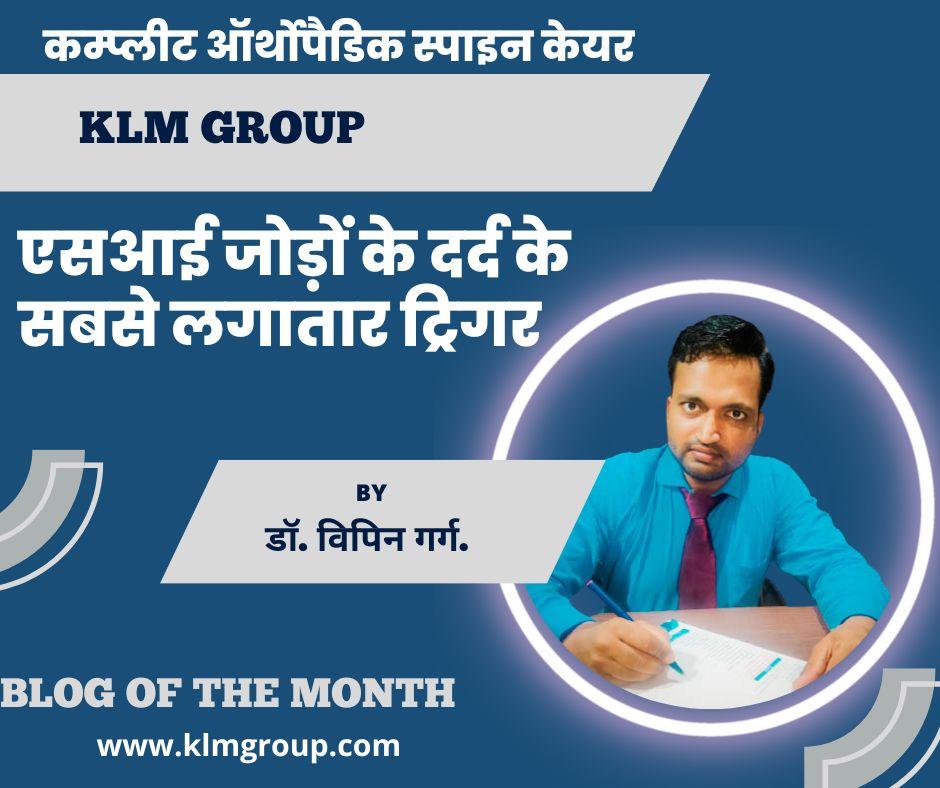The sacroiliac (SI) joint is crucial to lower back, pelvic, and leg function. This pivotal joint is responsible for supporting the upper body’s weight and transferring it to the lower body as well as acting as a shock absorber to control forces transmitted from the legs to the spine. Acute trauma and repetitive microtrauma contribute to 88% of SI joint pain cases.

Most commonly, SI joint pain is triggered by activities that involve the lower back, pelvis, and legs moving together, such as sitting, walking, climbing stairs, and standing. Incorporating lifestyle modifications and therapeutic activities that protect and strengthen the lower back and pelvis can help prevent future flare-ups.
This blog outlines the common triggers of SI joint pain and useful tips on how to modulate daily activities to prevent this pain from worsening.
Physical activities that flare-up SI joint pain
Certain types of physical activity, such as overuse or repetitive microtrauma, can put stress on the SI joint, which in turn can cause inflammation to become more severe within the joint. The following section will discuss these triggers. We will check more points regarding “Triggers of SI Joint”
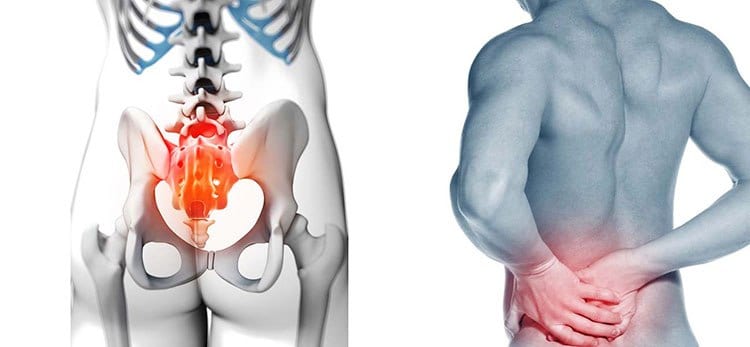
- Certain occupations. It’s possible that people who have jobs that demand them to stand, sit, and walk a lot, such teachers and those who work in restaurants, experience pain in their SI joints. Pain and discomfort can be caused by increased tension on the SI joint, which can be caused by strenuous manual labour that entails routinely lifting objects that are on the heavier side.
- High-impact exercises. High-impact workouts such as running, jumping, and plyometric exercises (such as lateral leaps and burpees) can stress the back and pelvis, leading to an increased chance of causing SI joint pain. Examples of high-impact exercises include running, leaping, and burpees.
- Cycling. Long periods of time spent sitting in a forward-leaning position on a bike can cause the pelvis to tilt forward, which in turn leads to increased stress on the SI joint.
- Sports. Sports like golf and gymnastics, which include repeated twisting motions, as well as sports like tennis, soccer, ice skating, and basketball, which involve repeated lateral movements, can exert a substantial amount of stress on the lower back and pelvis, which can cause SI joint pain.
Participating in these activities on a regular basis can result in repetitive microtrauma to the joint and the structures that surround it, which, over time, can cause the joint to become weak and uncomfortable.
SI joint pain due to poor posture
A misaligned or irritated SI joint can be caused by poor posture, which places stress on the lower back and pelvis and can lead to misalignment. This can cause pain in the SI joints. When we stand or sit with bad posture, the natural curves of our spine can become exaggerated. This can cause the pelvis to lean forward or backward, which can change the orientation of the SI joint and cause discomfort or pain in the lower back and buttocks. We will check more points regarding “Triggers of SI Joint”
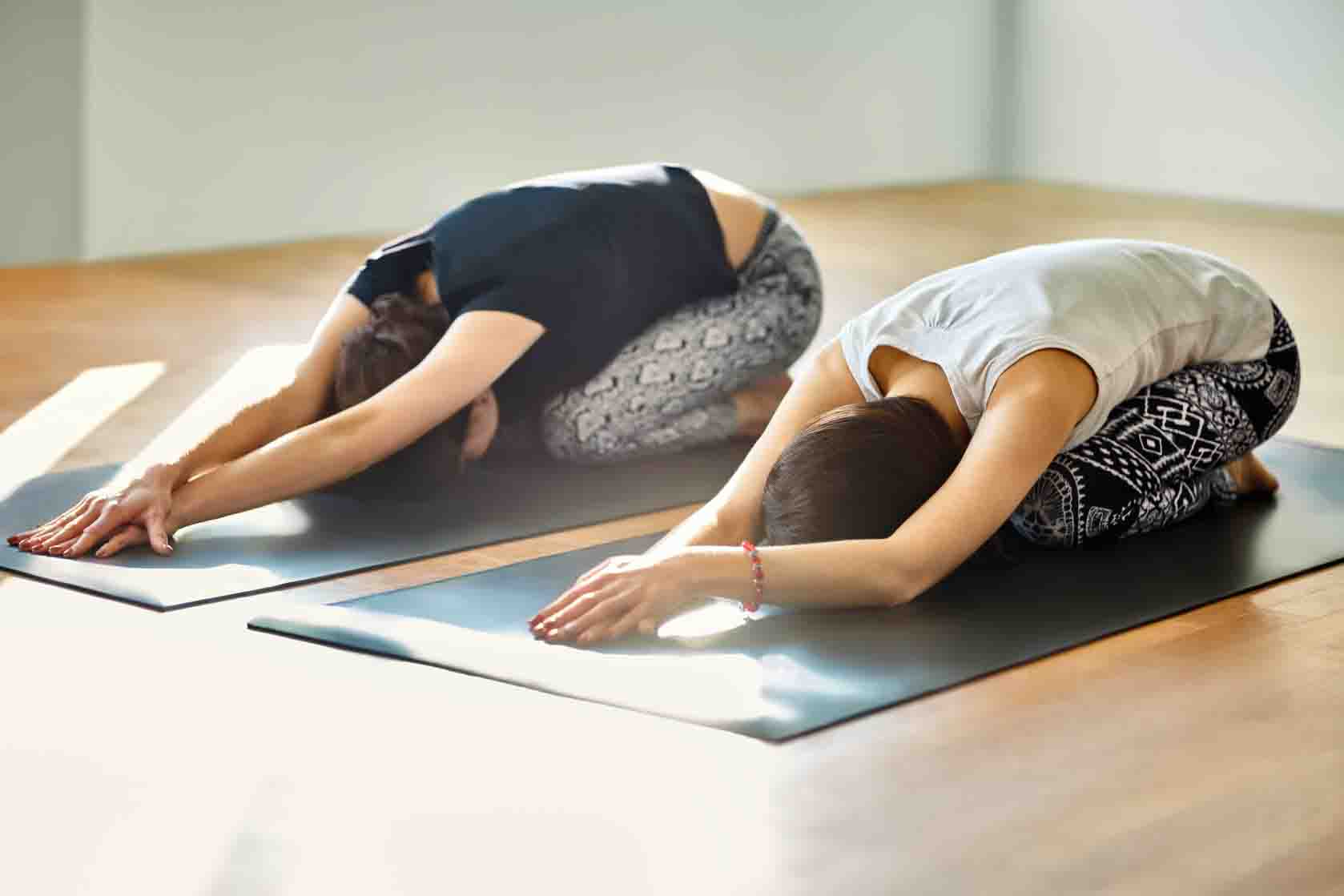
SI joint pain due to physical inactivity
A lack of physical activity can cause the muscles that support the spine and pelvis to become weaker, which can result in diminished spinal stability and increased stress on the SI joint. It is possible that the muscles that support the lower back and pelvis will become weak and tight if we do not use them often enough, which will make it more difficult for the body to keep a supported posture.
Footwear that can trigger SI joint pain
- Because they alter the orientation of the body and the way we walk or stand, certain kinds of shoes are known to be a source of SI joint pain. When walking, if you are wearing shoes that do not provide adequate support for your feet, this might cause your feet to roll either inward or outward, which can lead to a misalignment of the pelvis.
- The following are some examples of common footwear that may be contributing factors to the discomfort felt in the SI joint: We will check more points regarding “Triggers of SI Joint”
High heels. It’s possible that wearing high heels will cause your pelvis to tilt forward, which will put additional strain on your lower back and SI joint.
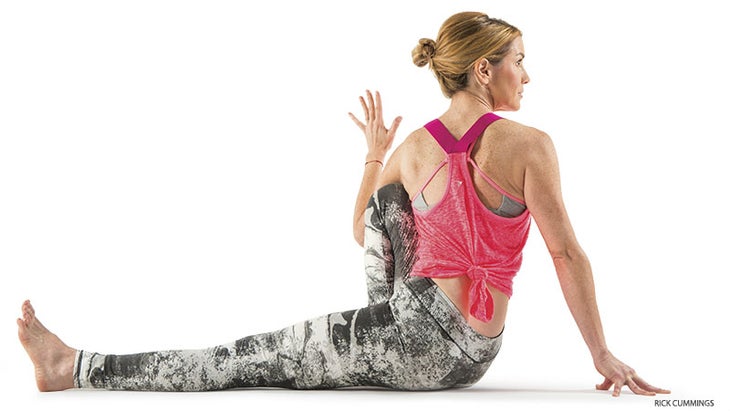
Flats with little arch support. When you wear flat-soled shoes that do not provide appropriate arch support, this might cause your feet to roll inward or outward, which increases the amount of stress placed on the SI joint.
Flip-flops or sandals with no arch support. Sandals that offer minimal to no arch support, like flats, might cause an increase in the amount of pressure that is placed on the SI joint.
In the long run, the strain that is induced by wearing certain types of footwear also adds to repetitive microtrauma to the SI joint, which ultimately results in discomfort and dysfunction.
Foods that can flare-up SI joint pain
Specific foods that trigger arthritis-related pain include:
- Sugar. Inflammation can be brought on throughout the body by consuming an excessive amount of sugar, especially in the SI joint. Candies, sugary beverages, and baked products are just a few examples of the types of processed foods that include sugar.
- Processed food. Inflammation can be triggered by a number of factors, including sugar, salt, and harmful trans fats, all of which are commonly found in processed foods. Foods such as fast food, meals prepared from frozen food, and packaged snacks are all examples of processed foods.
- Fried food. Fry frying calls for the use of cooking oils that are high in trans fats. Trans fats are well-known for their ability to trigger the production of inflammatory chemicals. Roasting and braising are two more methods of cooking that utilise high heat.
- Red meat. The consumption of red meat, including beef, veal, hog, and lamb, which are all high in saturated fat, might cause inflammation.
- Frequently consuming inflammatory foods, especially for individuals with arthritis-related conditions, can increase overall inflammation in the body, flaring up arthritis-related SI joint pain.
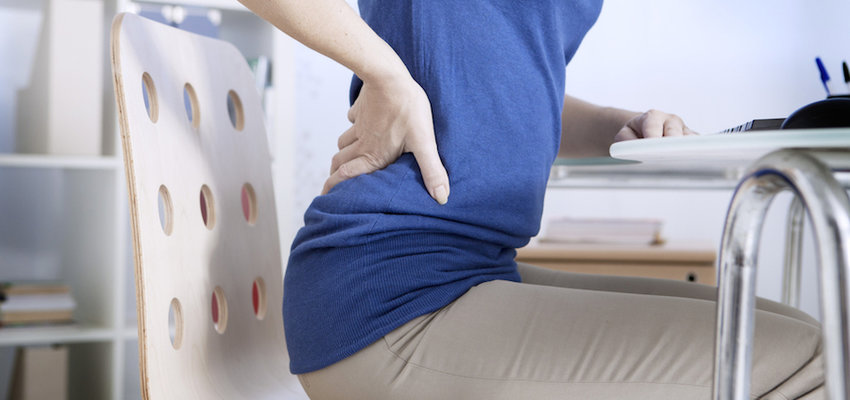
Physical changes that can trigger SI joint pain
Physical changes in the body that may trigger SI joint pain include: We will check more points regarding “Triggers of SI Joint”
- Pregnancy. Pain in the SI joint can be brought on by pregnancy, which brings both hormonal and physical changes. The ligaments and joints in the pelvic region become more relaxed and flexible as the body prepares for childbirth, which increases the likelihood of pain in the SI joint.
- Obesity. An unhealthy amount of body fat can put additional strain on the SI joint, which can result in inflammation and pain. The SI joint may be subjected to increased strain as a result of poor posture and weakening muscles, both of which can be caused by obesity.
Age. Even while the SI joint is somewhat flexible in younger people, as people get older, it can become more rigid.3 Reduced motion in the joint is associated with increased inflammation and pain, as well as alterations in the muscles and stability of the pelvis.
There is also the possibility that SI joint disease could be caused by certain medical problems. Ankylosing spondylitis is the most prevalent form of rheumatic arthritis, and it is characterised by inflammation as well as stiffness in the SI joint and the ligaments of the spine. Because of the inflammation and stiffness, the sacroiliac joint (SI joint) and maybe other spinal joints may eventually fuse together. We will check more points regarding “Triggers of SI Joint”
In addition, after certain spine procedures, such as a lumbar spinal fusion, greater mechanical loads are transferred to the SI joint, which may cause discomfort inside the joint itself. This can be a contributing factor in the development of SI joint syndrome.
SI joint pain In Gwalior
Dr. Vipin is the managing director of KLM Group. He is a renowned orthopedic surgeon in Gwalior who also holds a gold medal. Be assured of exceptional healthcare and top-notch medical services in orthopedic, spine care in Gwalior, ophthalmology, x-ray & diagnostics, as well as physiotherapy services, in Gwalior, known for his trustworthy and focused approach.
Address: 12, Saraswati Nagar, University Road, Near Silver Estate, Thatipur, Gwalior 474006 Mob: 7804826825 Ph: 0751-4000721 Website: www.klmgroup.org Email: info@klmgroup.org / klmspineclinic.in@gmail.com

